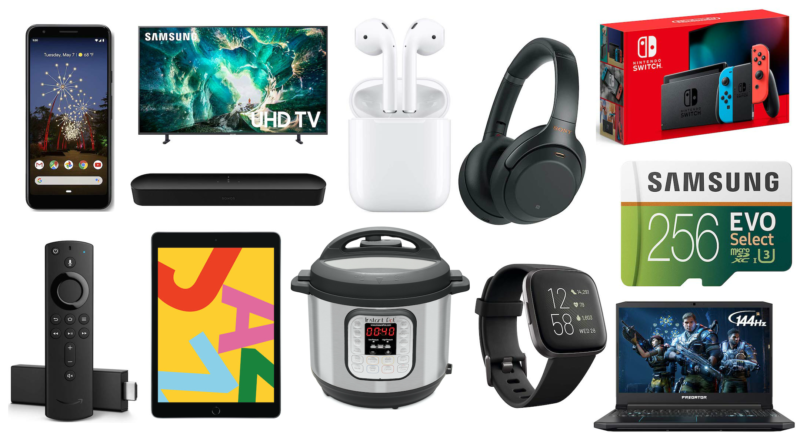
A shopping cart can be described as a special type content management system for managing product data. It acts as a central hub for cross selling and merchandising and transmits transactional data to a gateway payment gateway to complete an ordered. There are many options for shopping carts, including simple designs, payment options and search filters. Security and user-friendly navigation are also important considerations, so make sure to choose a cart that offers all of them.
Simple design
The shopping cart page must be easy-to-use and simple. It should include the item description, price, quantity and image. These things should be obvious to the customer, and should not distract them from their experience. Similar to the shopping cart page, it should be clear of distractions like pop-ups and surveys. It should direct the customer to the checkout page.

Payment options
It is increasing in popularity for mobile devices to make purchases online. If your customers have difficulty making a purchase via their mobile device, you can offer payment options that will make the shopping experience seamless. Customers expect convenience and won't be bothered by websites that require them to do extra work. Bayard research found that 19% shoppers do not trust websites that store their credit cards information. This is because the site does not provide sufficient payment options.
Search filters
If you want to optimize your online store, then you should make use of search filters. Search filters are a great way to narrow down the product catalog to a smaller number of products. You can increase your profits by reducing the number filters. These filters should also be visible to customers. This will make shopping and navigation easier. Without visible filters, search results can be misinterpreted by customers and they may forget to apply filters. The filters can be displayed so that shoppers can see what products are relevant to their search. If they don't like them, they can adjust the filter.
Security
There are several factors that affect the security and integrity of your shopping basket. There are many ways to keep it secure, including an SSL certificate. Secure shopping carts start with a secure URL beginning with https ://.. If you can see an icon for a locked pad, then your shopping cart is secure. SSL on your website will prevent hackers accessing your data or personal information. You should also ensure that your shopping cart supports SSL certificates.

Cost
The number of features required to make a shopping basket cost-effective depends on what you want. It should be able support the products that your store sells as well as its functionality. There are two basic types of shopping baskets: hosted or generic. Hosted carts are free, while generic carts will cost you extra. It's a cost-effective solution for small and mid-sized businesses. Hosting carts, however, are not as flexible or customizable as custom shopping baskets.
FAQ
Why I shouldn't believe the sale hype in stores and online shops?
Websites will sometimes inflate the initial price of an article to make it appear you are saving more than you actually are. You have to do your homework and ensure you get accurate prices. You can simply add the item to your cart so that it doesn't go missing. Finally, you can do a quick Google Search for the designer's name as well as the product type. The amazing deal that you thought you were getting may not be so great after all. You might find the exact item on sale for less.
It is better to shop online with credit cards than without.
Credit card companies offer a variety of benefits, including rewards programs, free shipping and cash back. Credit cards also provide protection against fraud. There are no fees associated with them, so they're worth considering over debit cards.
Customers who need to pay off their balance on time will also be able to use credit cards. Credit cards let you shop with confidence, regardless of how much money your account has.
Do you think it is worth signing up to receive rewards and insider information wherever you shop?
Rewarding yourself with great rewards is great but not always worthwhile. If you do decide that you want to join an online program you should make sure that there is value. Make sure you understand how much time and money you spend on it.
Do not sign up just for the bonus. Sometimes these signup bonuses are not worth the hassle.
You should also ask yourself why it is that you want to be a part of a rewards program. Many people join because their friends do it. But if you have no interest in the products or services offered by the company, then you probably won't stick with it long enough to reap any rewards.
Statistics
- Last Black Friday, I bought a stove from Lowes at 40% off, receiving 24 months of interest-free financing (from Lowe's). (meetfabric.com)
- Beyond that, you'll be liable for a 25% import tax. (makeuseof.com)
- A report from the U.S. Census Bureau found that in the first quarter of 2022, an estimated $250 billion was spent on retail e-commerce sales.1 (thebalance.com)
- The vast majority only change a password to protect privacy a few times a year (27 percent) or, more likely, never (35 percent). (pcmag.com)
External Links
How To
What are safe online shopping tips?
If you want to shop online safely, safe online shopping is essential. It is also important to know how to shop on different websites without being scammed.
Read on if you want to know what to do when buying items online! This article provides all the tricks and tips you need to avoid falling for scams.
-
Do your research. Before you decide to shop online, it's essential to do your homework first. Review the company, read customer feedback and ask friends for their recommendations.
-
Shop around. Compare prices between several sellers if you are unsure about the reputation of a particular store. Price comparison apps such Amazon Price Checker (Google Shopping) and Google Shopping are good options. These tools will allow you to find the lowest priced retailers.
-
Be aware of red flags. Watch out for signs that a scammer might be trying to trick customers when browsing product pages. You may find fake sites that use misspelled words and grammar errors. They often sell fake or incomplete products.
-
Pop-up windows are a danger. Pop-up windows are used by some websites to collect credit card numbers and passwords. If you encounter one of these, close them immediately by pressing "escape" or choosing another browser window.
-
Ask yourself questions. Ask yourself these questions whenever you visit a website. Is it offering something I need? Do I have the ability to trust the people who run the site?
-
Don't reveal your personal data. Unless you initiated the transaction or provided financial information, do not give out your Social Security number, bank account numbers, or credit card details by phone or email.
-
Avoid clicking links in emails. It's very easy to click on a link in an email and end up on a phishing site that looks exactly like the real thing. To avoid falling for this type fraud, you should only open emails that have been sent from trusted sources (such a bank).
-
Use strong passwords. Strong passwords should include symbols, numbers, letters. Keep your password confidential and don't share it with anyone else.
-
Be careful about downloading files. Always download files directly rather than opening attachments via email. Never open attachments that come from unknown senders. Also, delete attachments that ask for you to install a program as soon as possible.
-
Report suspicious activity. If you suspect your identity has been stolen, contact your local police department immediately. The Federal Trade Commission can also be contacted.
-
Protect your device. Make sure your computer has anti-malware protection. It could protect you from hackers gaining access to your private information.
-
Senior scammers to watch out for Senior citizens are especially susceptible to scammers, as they are less likely understand how to spot fraudulent messages on websites and emails.